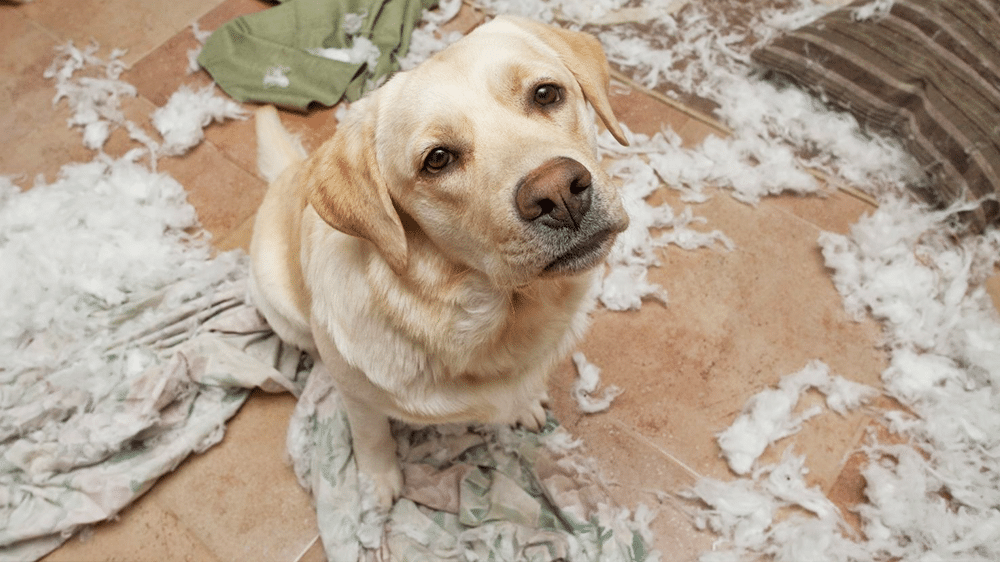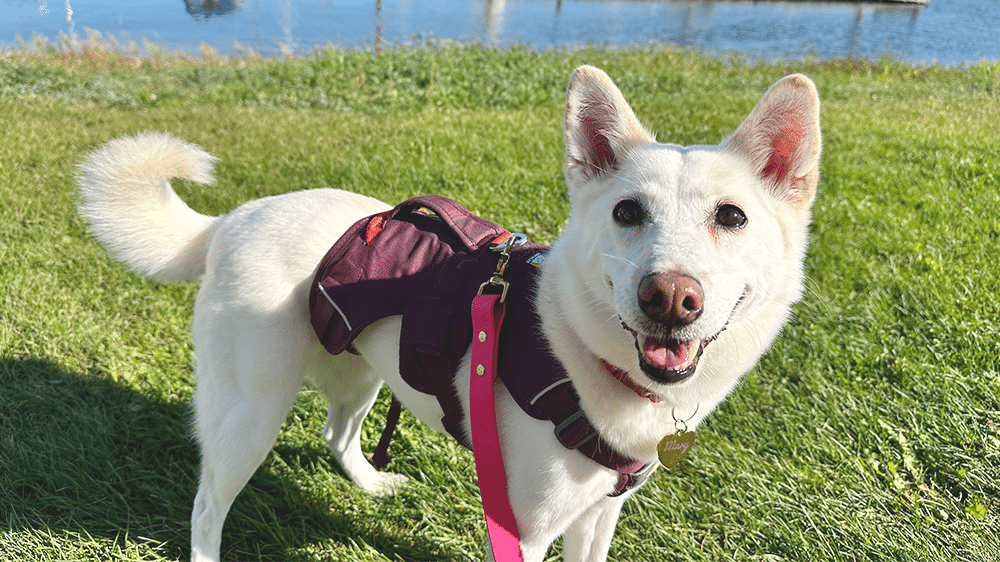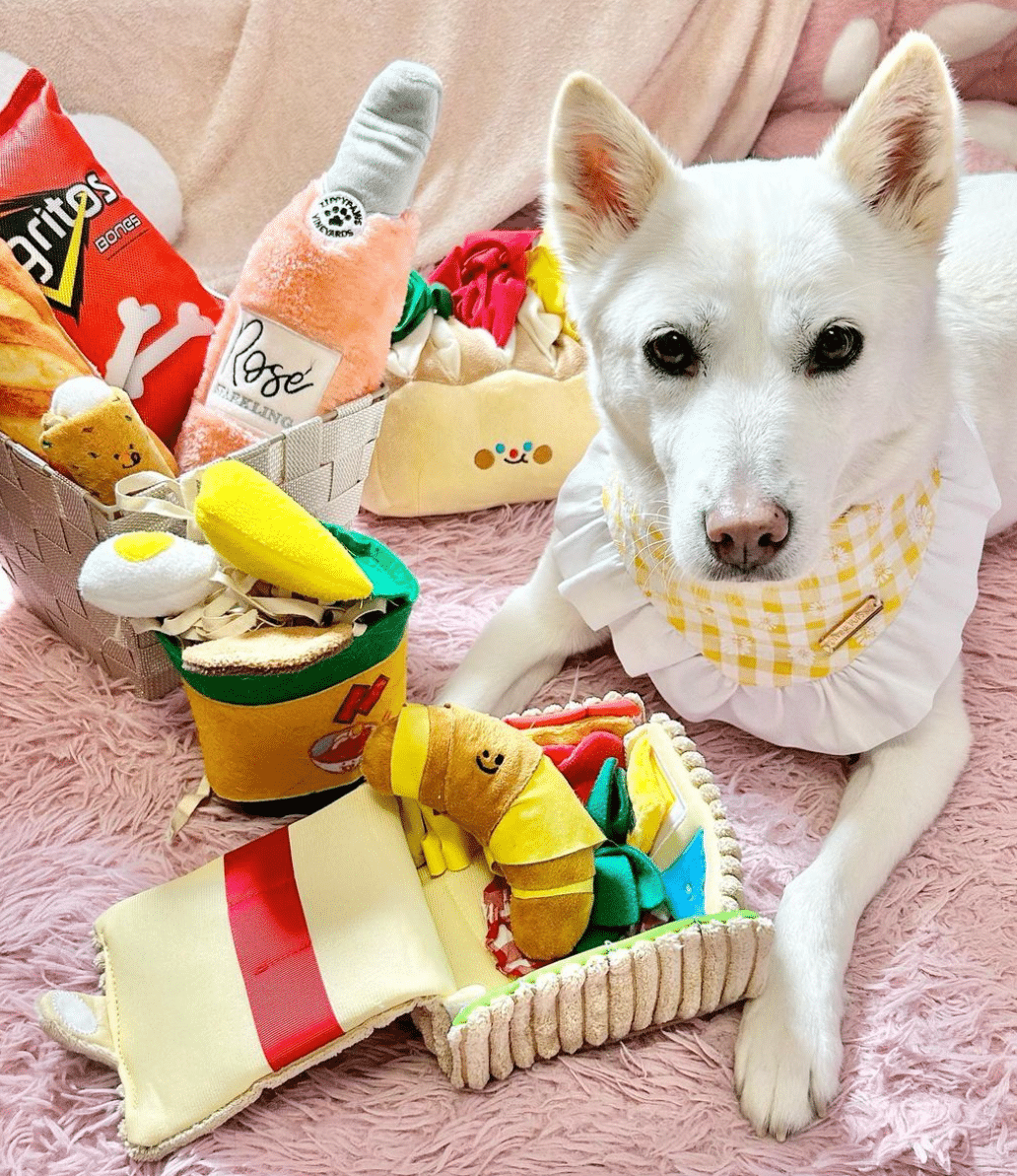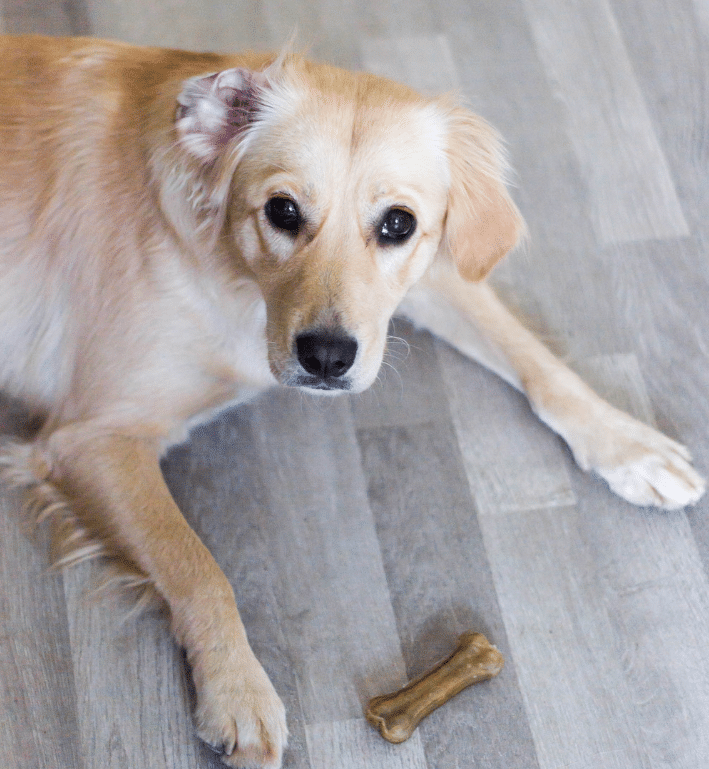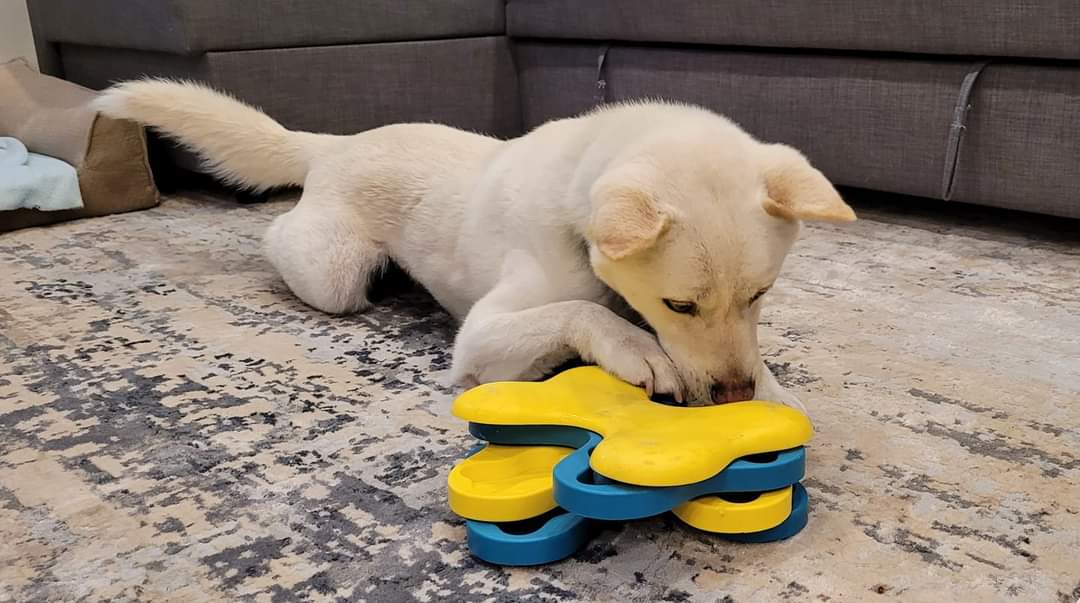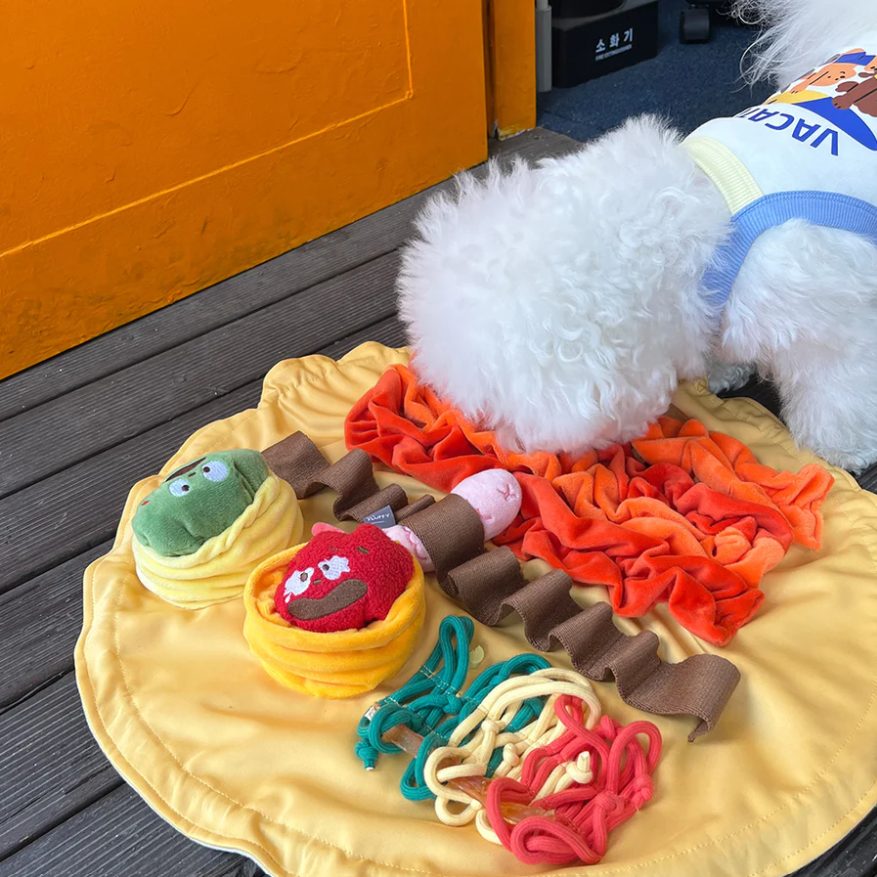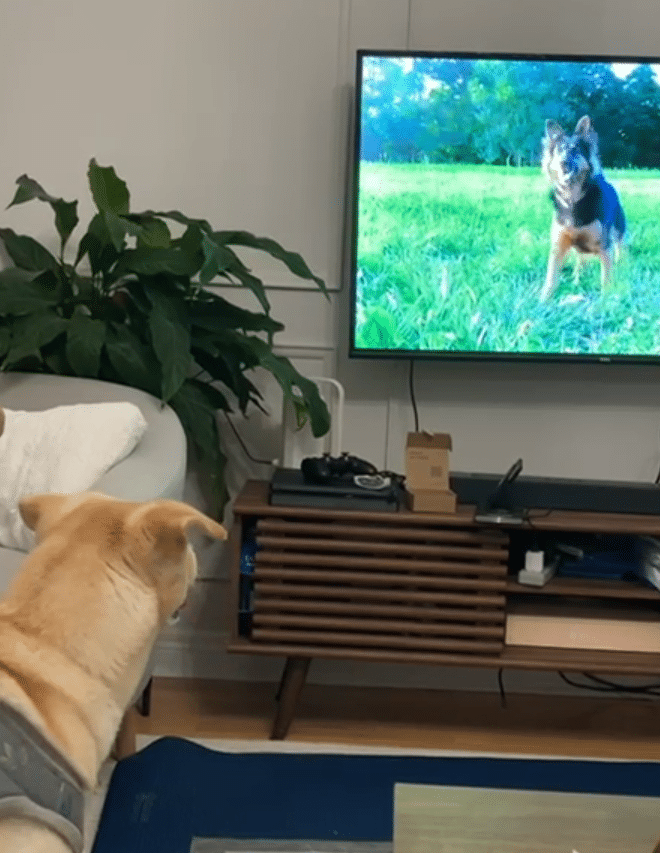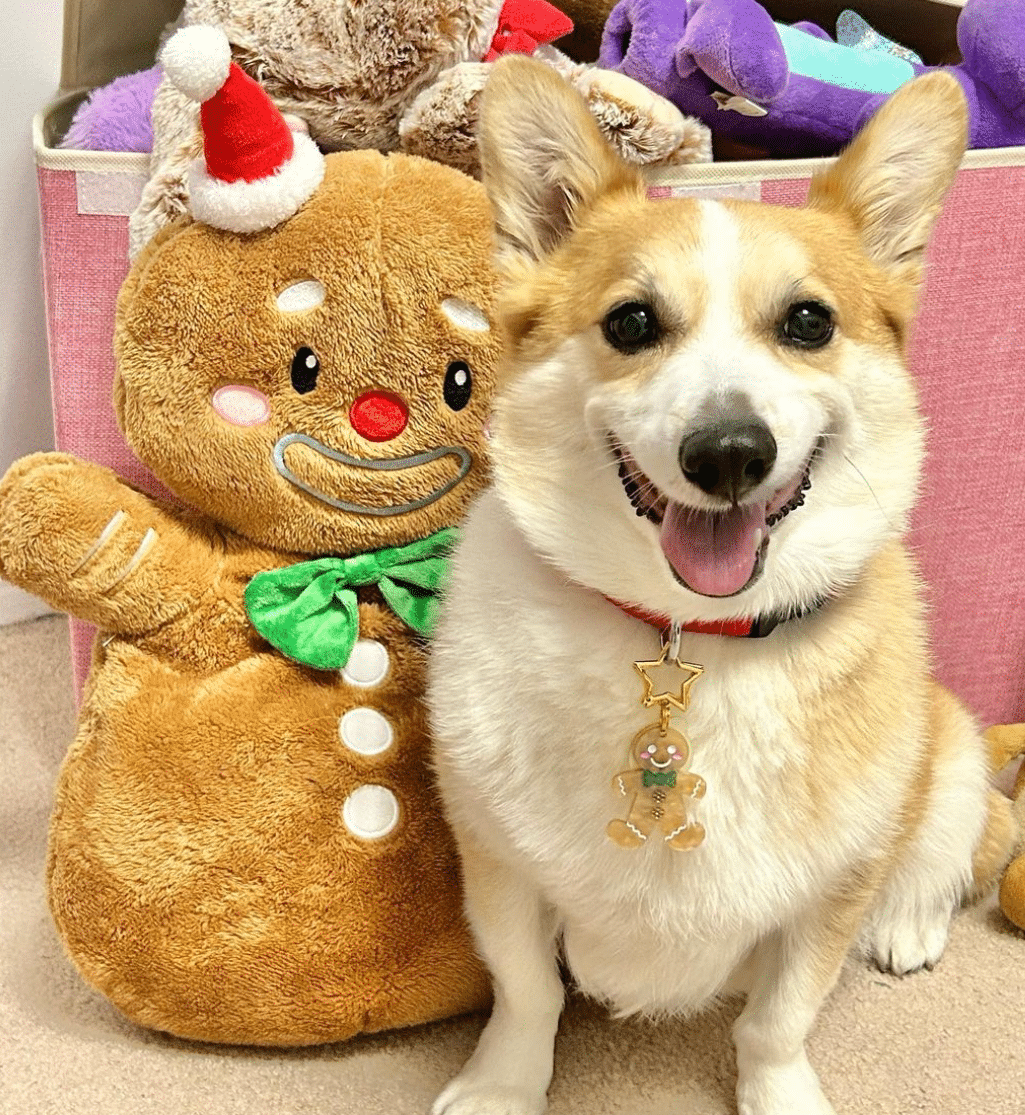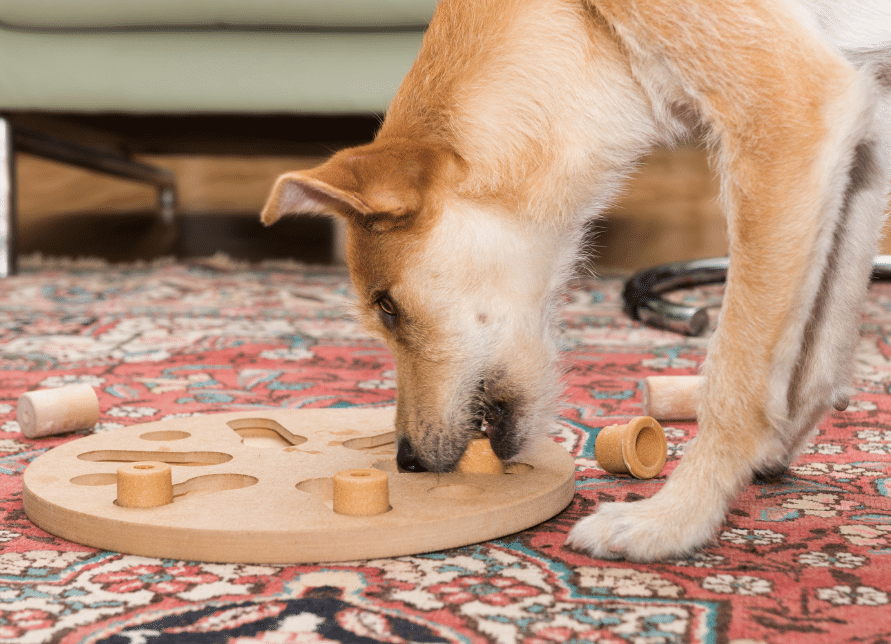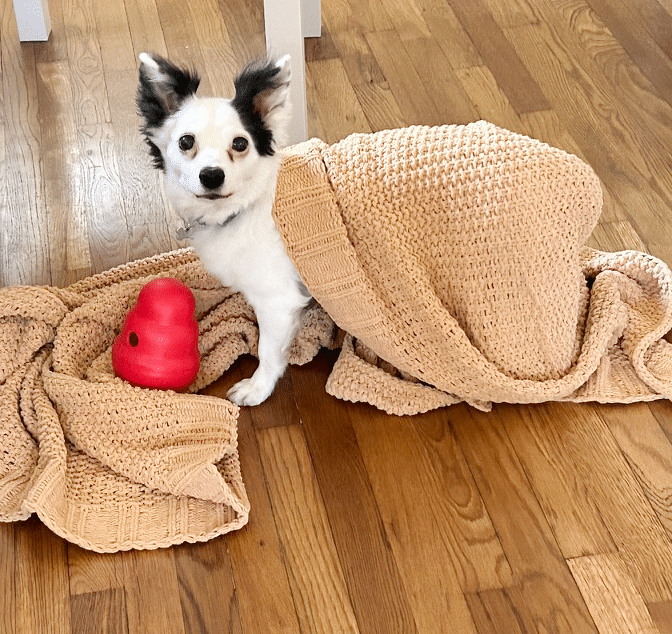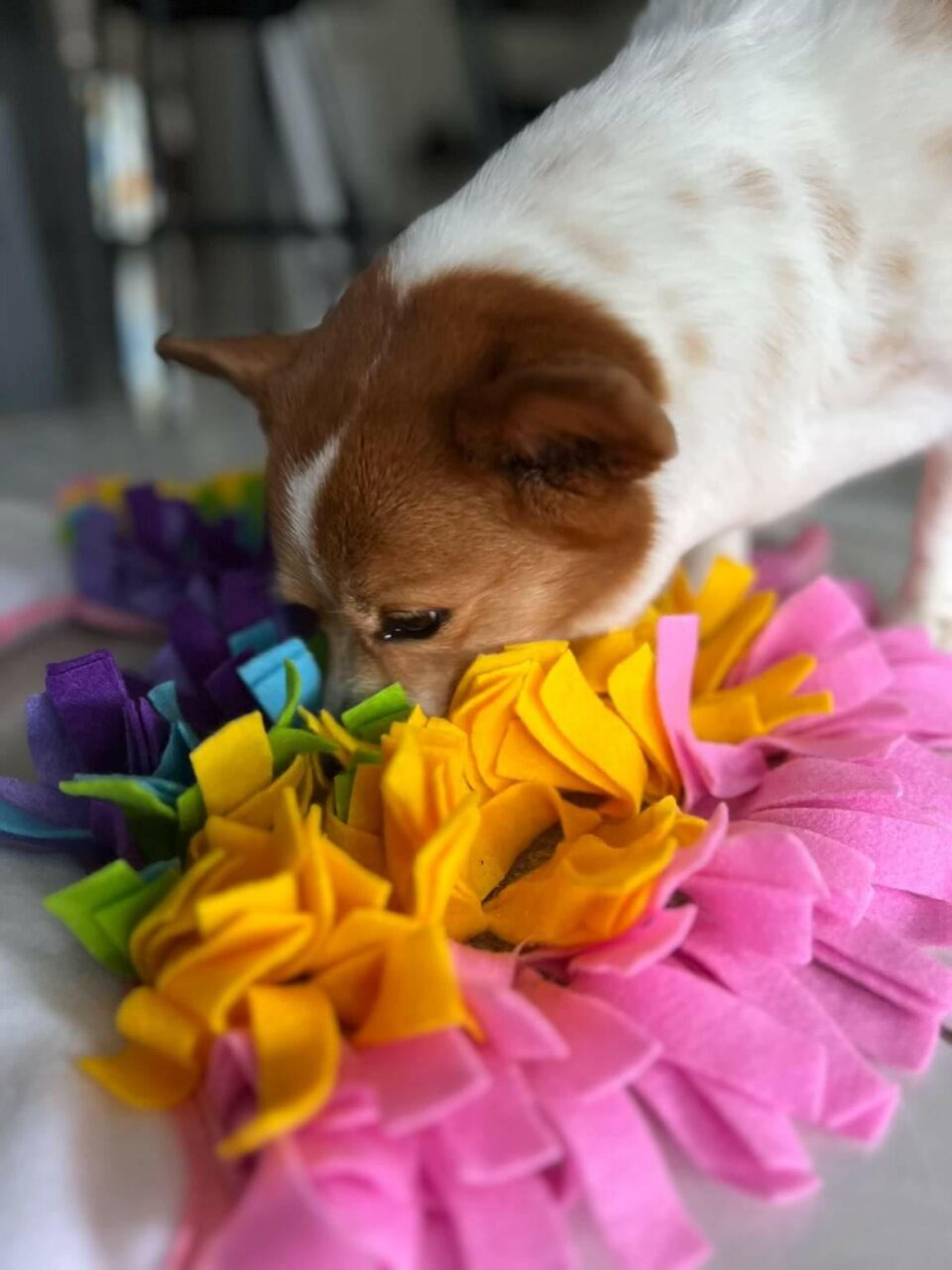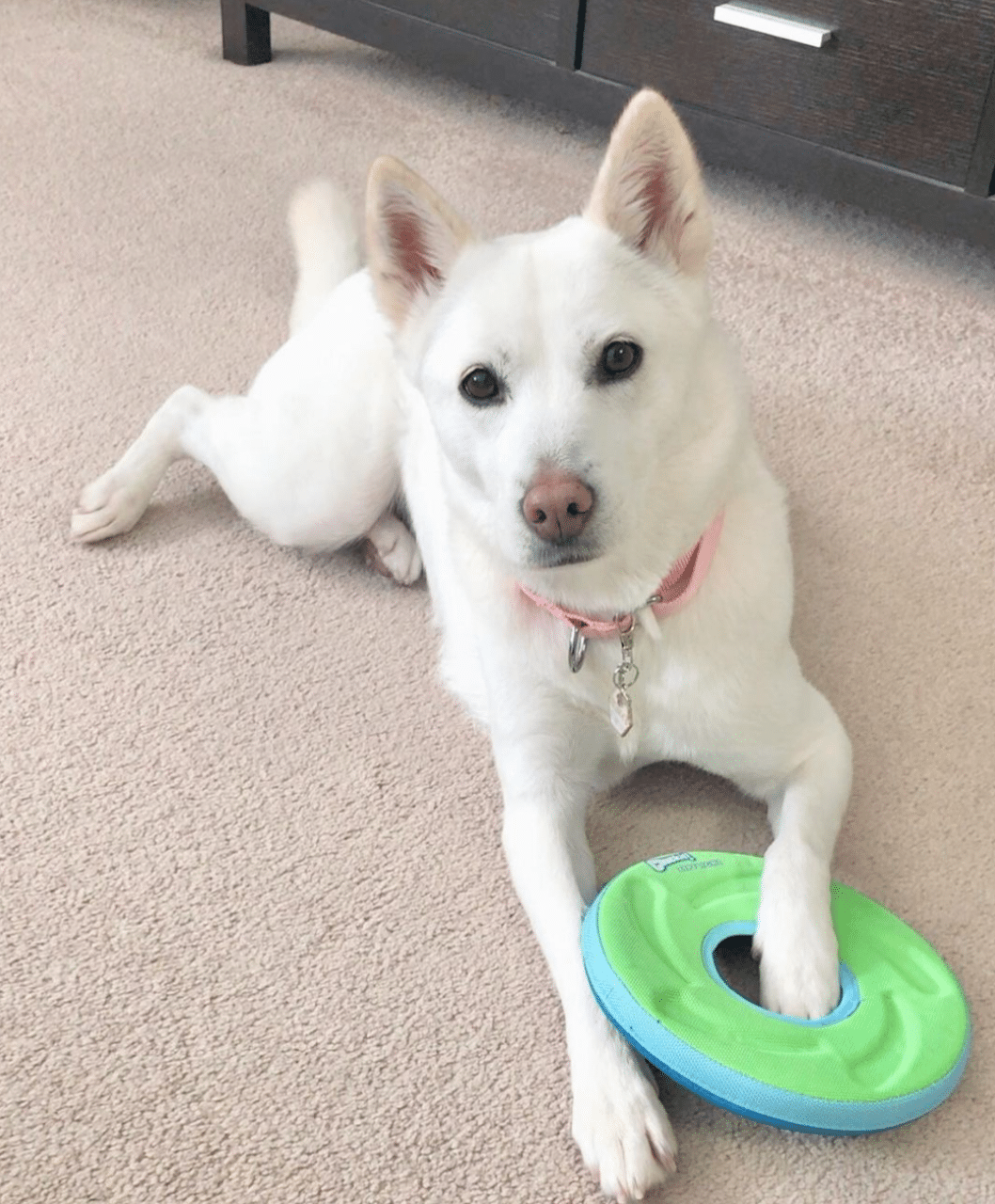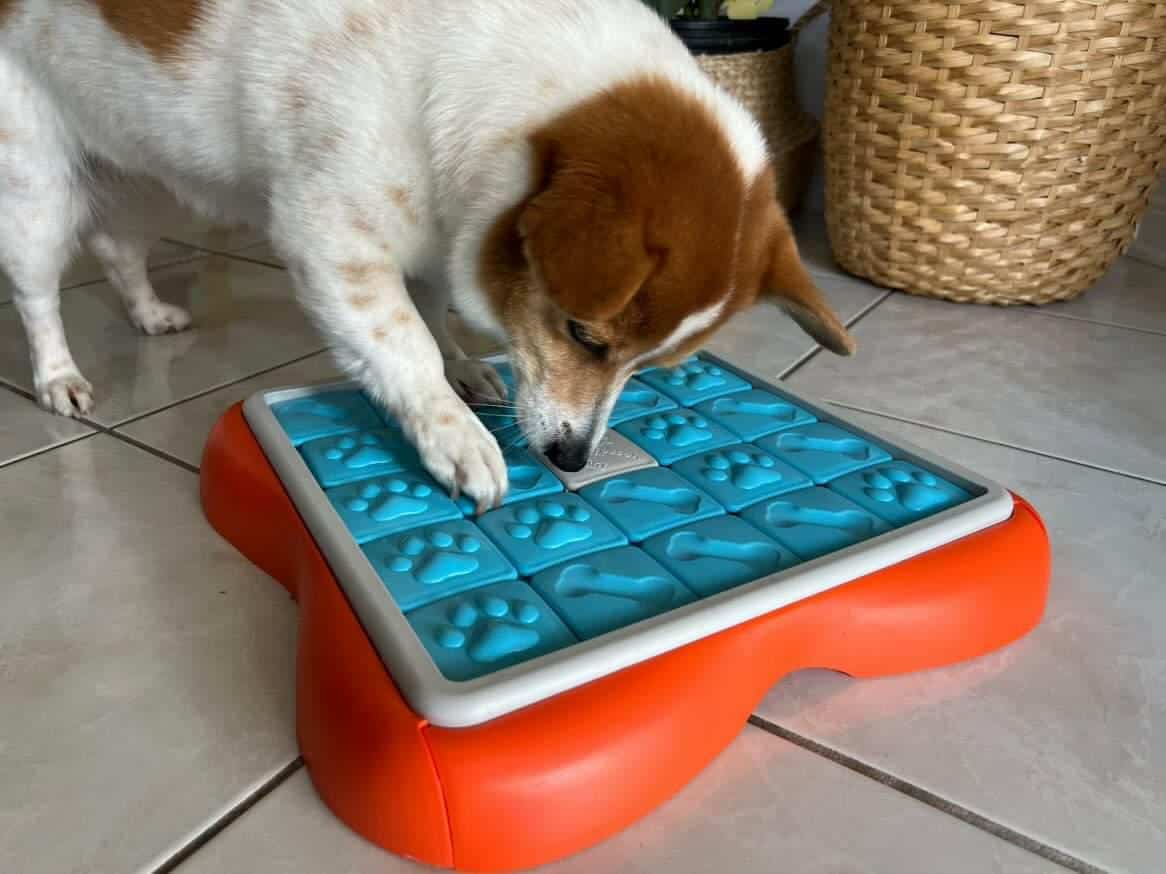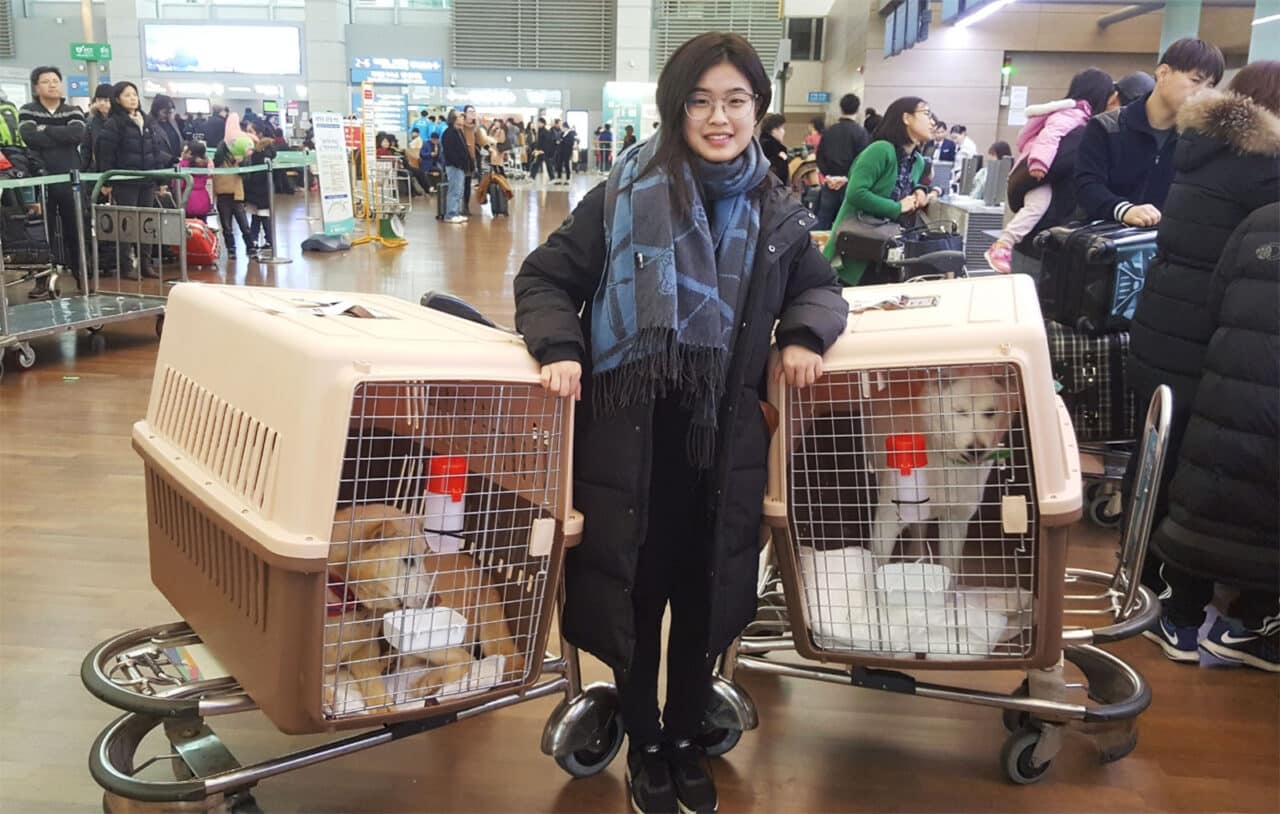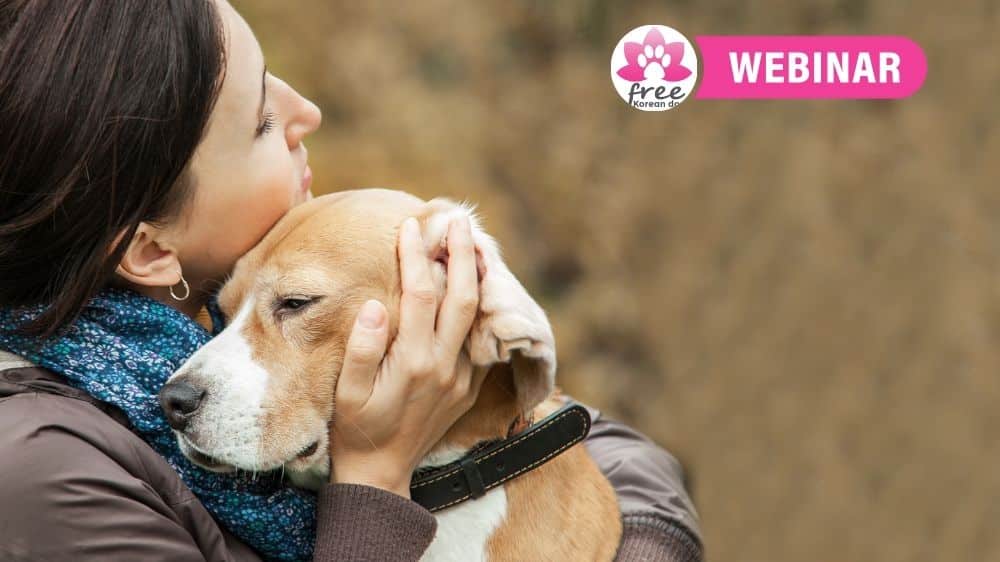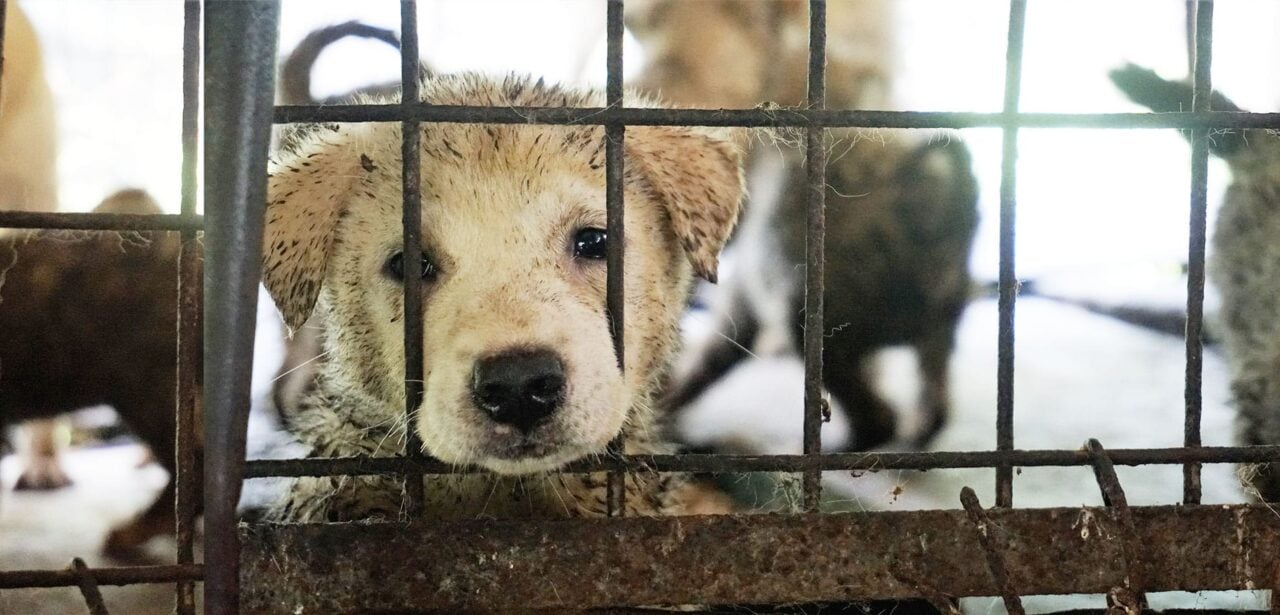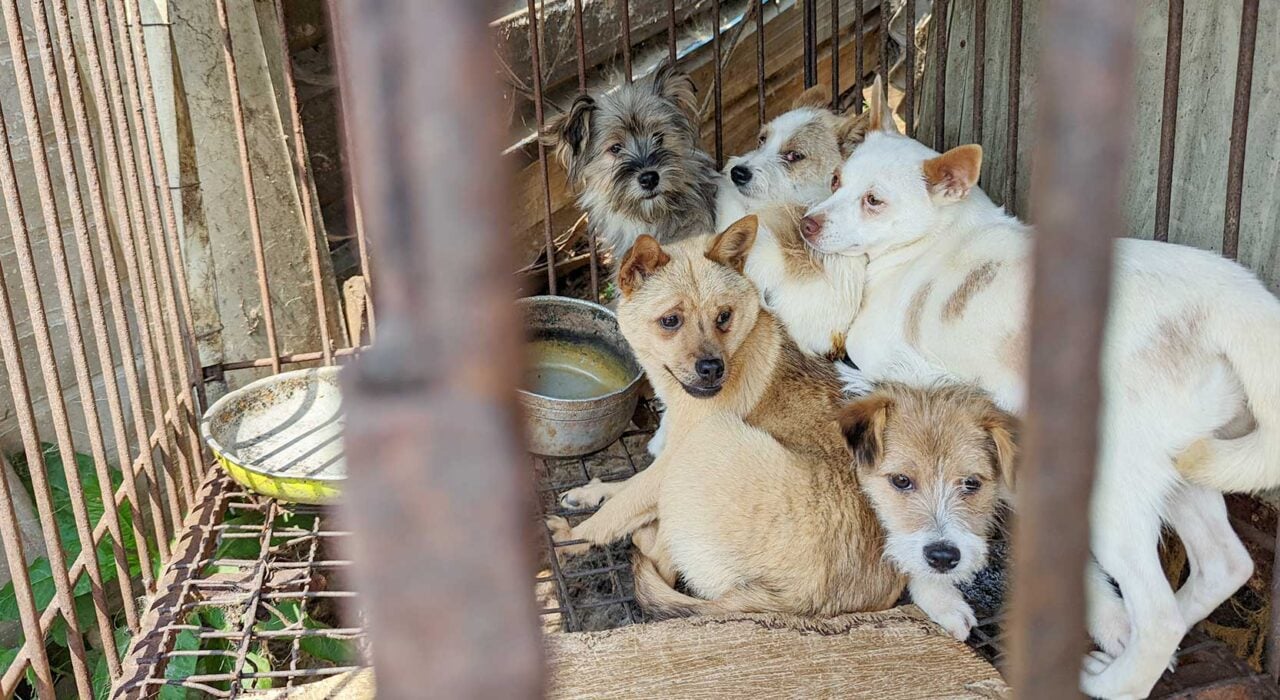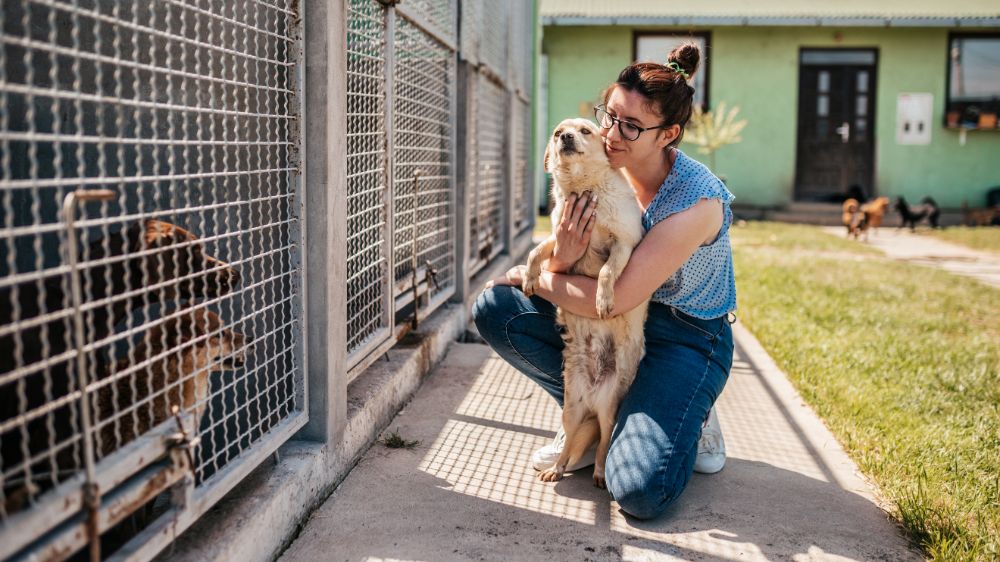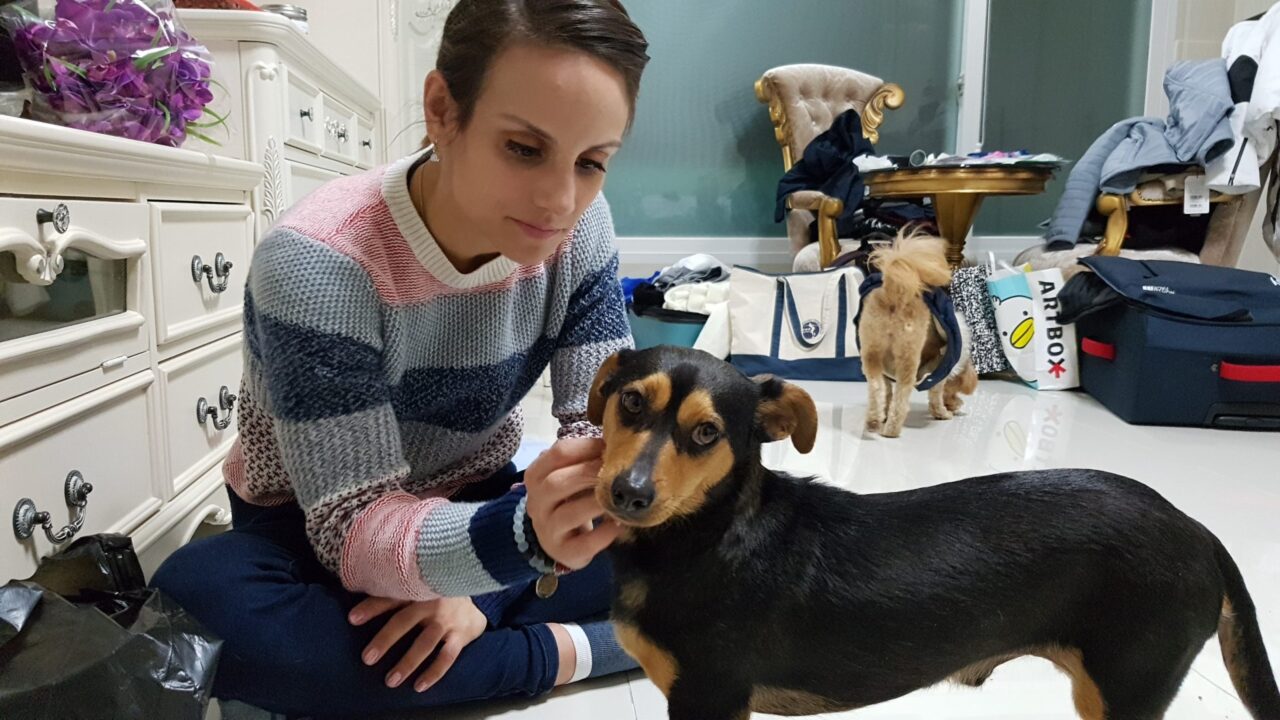A Guide to Helping Your Dog Overcome Separation Anxiety
Introduction
Separation anxiety is a common behavioral issue among dogs, leading to stress and discomfort when left alone. As a dog owner, it’s crucial to address this issue with patience and understanding. In this comprehensive guide, we will delve into the causes of separation anxiety in dogs and provide effective strategies to help your dog overcome this challenge.
Understanding Separation Anxiety in Dogs
Separation anxiety in dogs is characterized by distress and destructive behavior when left alone. It can manifest in various ways, such as excessive barking, whining, pacing, or even destructive chewing. Understanding the root cause of separation anxiety is essential in developing an effective treatment plan for your dog.
Causes of Separation Anxiety
Several factors can contribute to separation anxiety in dogs, including:
- Change in Environment: Moving to a new home or being separated from a companion can trigger anxiety in dogs.
- Past Trauma: Dogs with a history of abandonment or neglect are more prone to separation anxiety.
- Lack of Training: Dogs who have not been properly trained to stay alone may develop separation anxiety.
- Overattachment: Dogs that are overly dependent on their owners may struggle with being left alone.
Treating Separation Anxiety in Dogs
Addressing separation anxiety in dogs requires a multifaceted approach that combines training techniques, environmental adjustments, and patience. It’s essential to tailor the treatment plan to your dog’s specific needs and personality.
Gradual Desensitization
Gradual desensitization involves slowly getting your dog accustomed to being alone. Start with short departures, such as 5 or 10 minutes, and gradually increase the time you spend away. When leaving or returning, avoid interacting with your dog by refraining from saying goodbyes or hellos. Instead, quietly leave and return without engaging directly. If your dog becomes overly excited or jumps when you come back, ignore them and continue with your tasks until they calm down. By not reinforcing their excitement, your dog will understand that your arrivals and departures are routine and not a cause for concern. This method helps diminish your dog’s anxiety and boost their confidence in being alone.
The Pre-Departure Walk
Taking your dog for a long walk before leaving them home alone can be beneficial in reducing separation anxiety for several reasons:
- Physical Exercise: A long walk provides your dog with physical exercise, helping to release excess energy and reduce restlessness. A tired dog is more likely to relax and rest while you are away, decreasing the likelihood of anxious behaviors.
- Mental Stimulation: Walking stimulates your dog’s senses and provides mental enrichment by allowing them to explore new scents, sights, and sounds. Mental stimulation can help keep your dog engaged and content, making it easier for them to settle down when left alone.
- Bonding Time: Walking together creates a bonding experience between you and your dog, reinforcing your relationship and building trust. This sense of connection can provide comfort to your dog when you leave, knowing that you will return.
- Anxiety Reduction: Exercise releases endorphins in the brain, which are known as “feel-good” hormones. These endorphins can help reduce stress and anxiety in dogs, promoting a sense of calmness and well-being.
- Establishing Routine: A pre-departure walk can become part of your dog’s routine, signaling to them that it’s time for rest and relaxation. Establishing a consistent routine can help dogs feel more secure and less anxious about your departure.
- Promoting Rest: Physical activity can tire out your dog, leading to a higher likelihood of them resting and napping when you are away. A tired dog is more likely to be calm and less prone to engaging in destructive behaviors out of anxiety or boredom.
- Positive Association: By associating the act of going for a walk with the period before your departure, you create a positive connection with your dog. This positive association can help alleviate any negative feelings or apprehension they may have about being left alone.
Safe Space Training
Creating a safe and comfortable space for your dog when you’re away is crucial. Instead of confining your dog to a closed crate or room, opt for an area with windows, like a living room. Associating this space with positive experiences, such as treats and toys, can help alleviate separation anxiety.
In Korea, many rescue dogs are often confined in cages or chained up outside. This confinement can intensify their anxiety and worsen their already distressing situation. That’s why, at Free Korean Dogs, we do not support confining a dog in a closed crate or room. It’s crucial to explore positive methods for managing your dog’s separation anxiety.
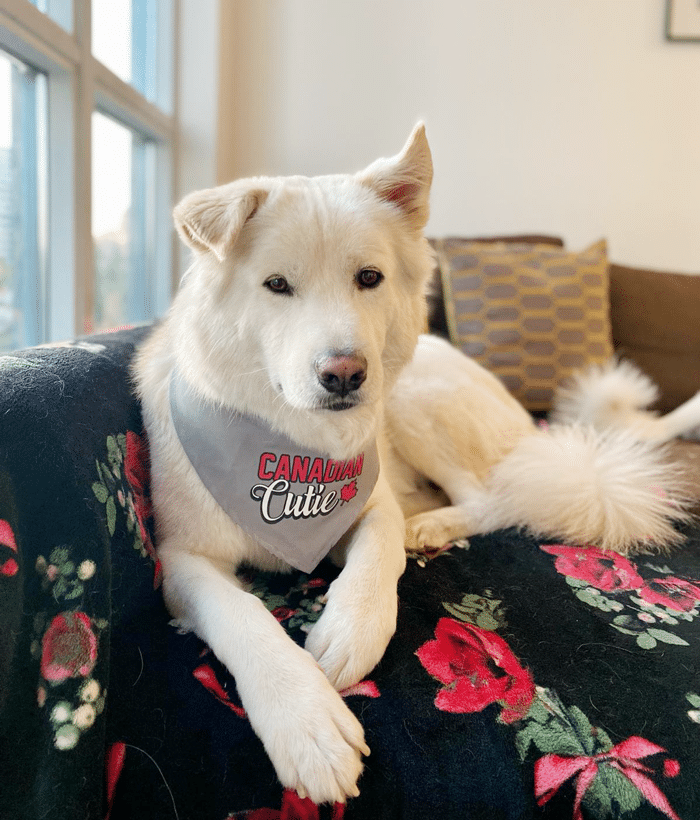 Darwin relaxing at home
Darwin relaxing at home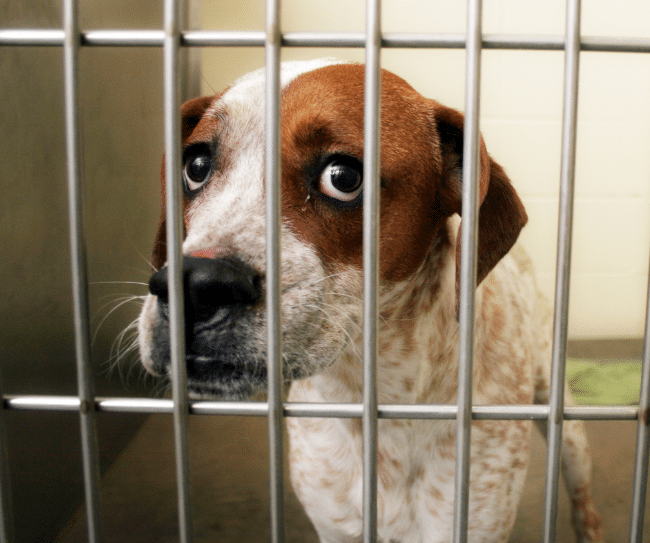 Anxious-dog-in-a-cage
Anxious-dog-in-a-cage
Toys and Tools
Using high-value treats or special toys can make your departure a positive experience for your dogs and keep them mentally stimulated and content. Here are some recommended toys and tools for dogs dealing with separation anxiety:
- Interactive Treat Dispensing Toys: Toys that dispense treats or food slowly can keep dogs engaged and distracted during your absence, helping to alleviate anxiety. Examples include KONG Classic Dog Toy and Nina Ottosson Interactive Puzzle Toys.
- Comfort Toys: Soft toys that mimic the feeling of companionship, such as plush toys or stuffed animals, can provide comfort to dogs when left alone. Please be aware that if your dog has a tendency to chew and swallow objects, do not leave any soft toys accessible to them.
- Calming Diffusers: Calming diffusers emit pheromones that can help reduce anxiety in dogs. Products like Adaptil diffusers are designed to create a sense of security and calmness for your furry friend.
- ThunderShirts: ThunderShirts are specially designed vests that apply gentle, constant pressure to a dog’s body, similar to swaddling a baby. This pressure can have a calming effect on dogs experiencing anxiety.
- White Noise Machines: White noise machines can help drown out external sounds that may trigger anxiety in dogs, creating a more soothing environment for them. This can be particularly beneficial for a dog that is sensitive to outdoor noises and barking.
- Chew Toys: Durable chew toys such as Nylabone or Benebone can assist in redirecting your dog’s anxious energy and offering a secure option for chewing. Avoid using them if your dog has fragile teeth.
- Interactive Games: Interactive games like the Outward Hound Hide-A-Squirrel Puzzle Toy or the Trixie Activity Flip Board can keep dogs mentally engaged and entertained while alone.
- Pet Cameras: Pet cameras with interactive features allow you to check on your dog remotely and even dispense treats or engage in two-way communication, providing reassurance and stimulation for your dog.
- Music or TV: Playing calming music or leaving the TV on can create background noise that may help soothe your dog and mask outside sounds that could trigger anxiety.
Relaxation Techniques
Teaching relaxation cues to your dog can help them stay calm when you’re not around. Incorporate calming music, aromatherapy, or specific commands that signal relaxation. Regular practice of these techniques can aid in reducing separation anxiety.
Departure Cue Desensitization
Dogs often pick up on cues that signal your departure, such as picking up keys or putting on shoes. Desensitize your dog to these cues by performing them without actually leaving. This helps normalize these actions and reduces your dog’s anxiety response.
Consultation with a Professional
While the strategies mentioned above can be effective in managing separation anxiety, every dog is unique. Consulting with a professional dog trainer or behaviorist can provide tailored guidance and support for your dog’s specific needs. They can assess your dog’s behavior, identify triggers of anxiety, and create a personalized treatment plan.
Conclusion
Separation anxiety is a common issue faced by many dog parents, but with patience, understanding, and effective training techniques, it can be managed successfully. By addressing the root causes of separation anxiety and implementing personalized treatment strategies, you can help your dog feel more secure and comfortable when left alone. Remember that patience, consistency, and positive reinforcement are key in supporting your dog through this challenging time.
Subscribe for Updates
Get our dogs in your inbox once a month, along with our latest news and events. We never send spam, and you can opt out at any time.
